Species Photo Gallery for Sanctanus fasciatus No Common Name 13 |
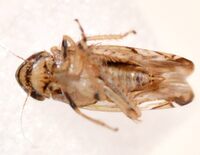 | Photo by: J. B. Sullivan
Carteret Co.
Comment: maritime shrub, uv trap; male, 4.2 mm | 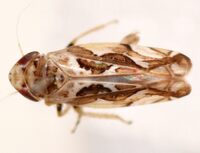 | Photo by: J. B. Sullivan
Carteret Co.
Comment: maritime shrub, uv trap; male, 4.2 mm |
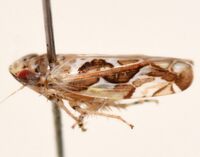 | Photo by: J. B. Sullivan
Carteret Co.
Comment: maritime shrub, uv trap; male, 4.2 mm. Photo of 3 specimens includes S. cruciatus on the right, for comparison. |  | Photo by: J. B. Sullivan
Carteret Co.
Comment: maritime shrub, uv trap; male, 4.2 mm. Photo of 3 specimens includes S. cruciatus on the right, for comparison. |
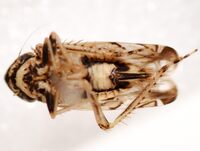 | Photo by: J. B. Sullivan
Carteret Co.
Comment: maritime shrub, uv trap; male 4.2 mm, female 4.5 mm. Photo of 3 specimens includes S. cruciatus on the right, for comparison. | 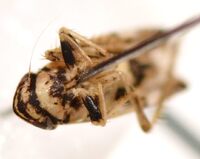 | Photo by: J. B. Sullivan
Carteret Co.
Comment: maritime shrub, uv trap; male 4.2 mm, female 4.5 mm. Photo of 3 specimens includes S. cruciatus on the right, for comparison. |
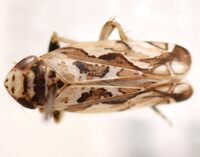 | Photo by: J. B. Sullivan
Carteret Co.
Comment: maritime shrub, uv trap; male 4.2 mm, female 4.5 mm. Photo of 3 specimens includes S. cruciatus on the right, for comparison. | 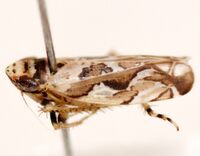 | Photo by: J. B. Sullivan
Carteret Co.
Comment: maritime shrub, uv trap; male 4.2 mm, female 4.5 mm. Photo of 3 specimens includes S. cruciatus on the right, for comparison. |
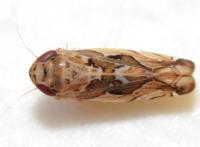 | Photo by: Kyle Kittelberger, Brian Bockhahn, Paul Scharf
New Hanover Co.
Comment: open woodlands, pine dominated; male, 4.0 mm; this appears to be a state record | 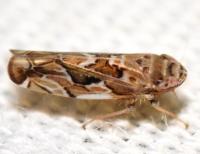 | Photo by: Kyle Kittelberger, Brian Bockhahn, Paul Scharf
New Hanover Co.
Comment: open woodlands, pine dominated; male, 4.0 mm; this appears to be a state record |
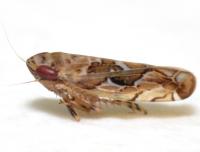 | Photo by: Kyle Kittelberger, Brian Bockhahn, Paul Scharf
New Hanover Co.
Comment: open woodlands, pine dominated; male, 4.0 mm; this appears to be a state record | 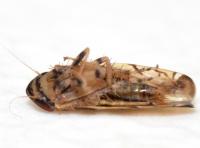 | Photo by: Kyle Kittelberger, Brian Bockhahn, Paul Scharf
New Hanover Co.
Comment: open woodlands, pine dominated; male, 4.0 mm; this appears to be a state record |
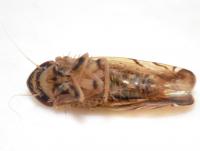 | Photo by: Kyle Kittelberger, Brian Bockhahn, Paul Scharf
New Hanover Co.
Comment: open woodlands, pine dominated; male, 4.0 mm; this appears to be a state record |

 »
»
 »
»